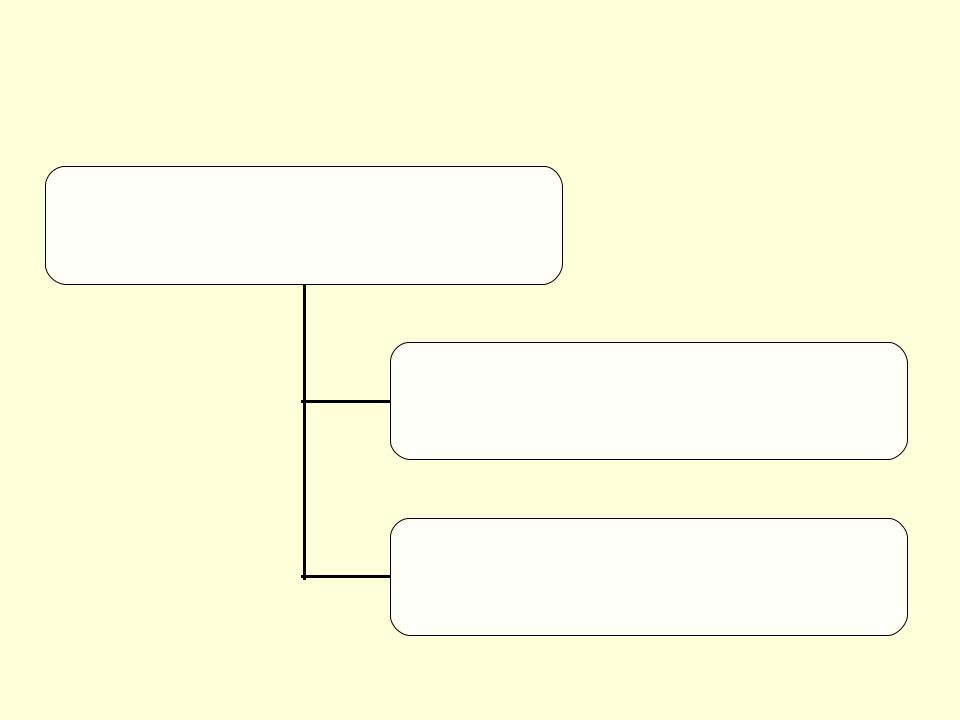
- •Lecture 5
- •Contents:
- •Features of the VERB as a part of speech in E. & U.:
- •Grammar classes of verbs in E. & U.
- •In accordance with semantic and grammatical criteria:
- •Allomorphic grammar subclasses of the English verb
- •Verbs
- •Verbs
- •In accordance with the aspective nature of their lexical meaning:
- •English terminative and non-terminative verbs can be to some extent correlated
- •Allomorphic classes of Ukrainian verbs
- •Morphological categories of E. & U. verbs
- ••Ukrainian verbs change their form in accordance with the person, number, tense. This
- •The categories of person and
- ••The category of tense shows the relation of the time of the action
- ••In Ukrainian, with the exception of non-perfective future, which is rendered analytically, the
- ••The category of aspect shows the character of the action, i.e.
- •In Ukrainian the meaning of continuous aspect is blended with that of passive
- ••The category of voice shows whether the action is represented as issuing from
- ••In Ukrainian the passive voice is expressed by the discontinuous morpheme бути …
- •The category of mood reflects the relation of the action
- ••The imperative mood in English is expressed synthetically (affirmative: do it!) and analytically
- ••English conditional mood employs the forms of
- •In Ukrainian conditional also employs the forms of the past and pluperfect and
- ••The category of order (time correlation) shows whether the action is viewed as
- ••In Ukrainian the category of order is only represented by the pluperfect which
- •• In Ukrainian the morphological category of gender is expressed only by verb

Allomorphic classes of Ukrainian verbs
Verbs
Reflexive verbs
(-ся)
Impersonal verbs
(вечоріти, примерзати, розвиднятися, віритися )

Morphological categories of E. & U. verbs
English Ukrainian
Person, number (synthetic)
Tense, aspect, voice, mood (analytical)
Order (perfect forms) |
Gender |

•Ukrainian verbs change their form in accordance with the person, number, tense. This change is called declension.
•The inflexions of Ukrainian verbs in different categorical forms depend on the verb class.
•Subdivision of verbs into classes is based on the correlation between the infinitival stem of the verb, on the one hand, and its present tense stem, on the other.
•On this morphological basis thirteen classes of verbs are distinguished in Ukrainian.

The categories of person and
number are realized with the help of synthetic means, i. e. forms of words and their inflexions.
E.g. He is - they are, I was - they were. She works - they work.
Я пишу - ви пишете. Я писав — ми писали.

•The category of tense shows the relation of the time of the action denoted by the verb to the moment of speech.
•There are three tenses both in English and Ukrainian: present, past and future.
•In English the category of tense is represented by a system of three member opposemes such as: works/work :: worked :: ’ll work;
am/is/are working :: was/were working :: ’ll be working; has worked :: had worked :: ’ll have worked.
•In English tense is blended with aspect and time correlation and is expressed synthetically (present/past simple, affirmative) and analytically (present/past simple negative and interrogative; future simple; present/past future continuous/ perfect/ perfect continuous).

•In Ukrainian, with the exception of non-perfective future, which is rendered analytically, the category of tense is expressed synthetically: by a system of inflexions.
•Ukrainian non-perfective future tense is rendered analytically,
•cf. нес-у/нес-еш/нес-е/нес-емо/ нес-ете/ нес-уть // хвал-ю/хвал-иш/хвал-ить/хвал-имо/хвал-ите/хвал-ять нес-е :: ніс/несл-а/несл-о :: нес-тиме/ при-несе/буде нести/ хвал-и-тиме/ похвал-ить/ буде хвалити.

•The category of aspect shows the character of the action, i.e.
whether the action is taken in its progress or simply stated, its nature being unspecified.
•In English it is represented by a system of two member opposemes such as work/works :: am/is/are working; worked :: was/were working; has/have worked :: has/have been working; had worked :: had been working; ’ll work ::’ll be working; to work :: to be working.
•The meaning of continuous aspect is expressed with the help of the discontinuous morpheme be …Ving.
•Aspect in English is blended with tense (present/past/future simple :: present/past/future continuous) and time correlation (present/past/future continuous :: present/past/future perfect continuous).

In Ukrainian the meaning of continuous aspect is blended with that of passive
voice and is expressed by lexico-
grammatical means, i.e. the transitive verb stems with the suffixes -сь/ся and a
corresponding adverb identifying the moment of action, cf. Школа зараз/ще/вже/давно будується. Школа ще будувалась/ будуватиметься.

•The category of voice shows whether the action is represented as issuing from its subject or as experienced by its object.
•Both English and Ukrainian have two voices: active and passive.
•The category of voice in English is represented by the opposemes like:
loves/love :: am/is/are loved, loved :: was/were loved,
am/is/are loving :: am/is/are being loved, was/were loving :: was/were being loved, have/has loved :: have/has been loved, had loved :: had been loved,
’ll love :: ’ll be loved.
•In English passive voice is blended with tense, aspect and time correlation.
•It is built with the help of the discontinuous morpheme be …. V-ed/en (past participle).

•In Ukrainian the passive voice is expressed by the discontinuous morpheme бути … Vpast participle, cf.
Лист (є)/був/буде написаний/ корова (є)/була/буде
видоєна/ болото (є)/було/буде висушене.
•Alongside with this, forms in -но/то are used, cf. Лист
(є)/був/буде написано/ корову (є)/була/буде видоєно/ болото (є)/було/буде висушено.
•Ukrainian affixes -сь/ся which are added to the non-
perfective verbs express the meaning of continuous aspect and passive voice, cf. Хата будується/будувалась/будуватиметься.
